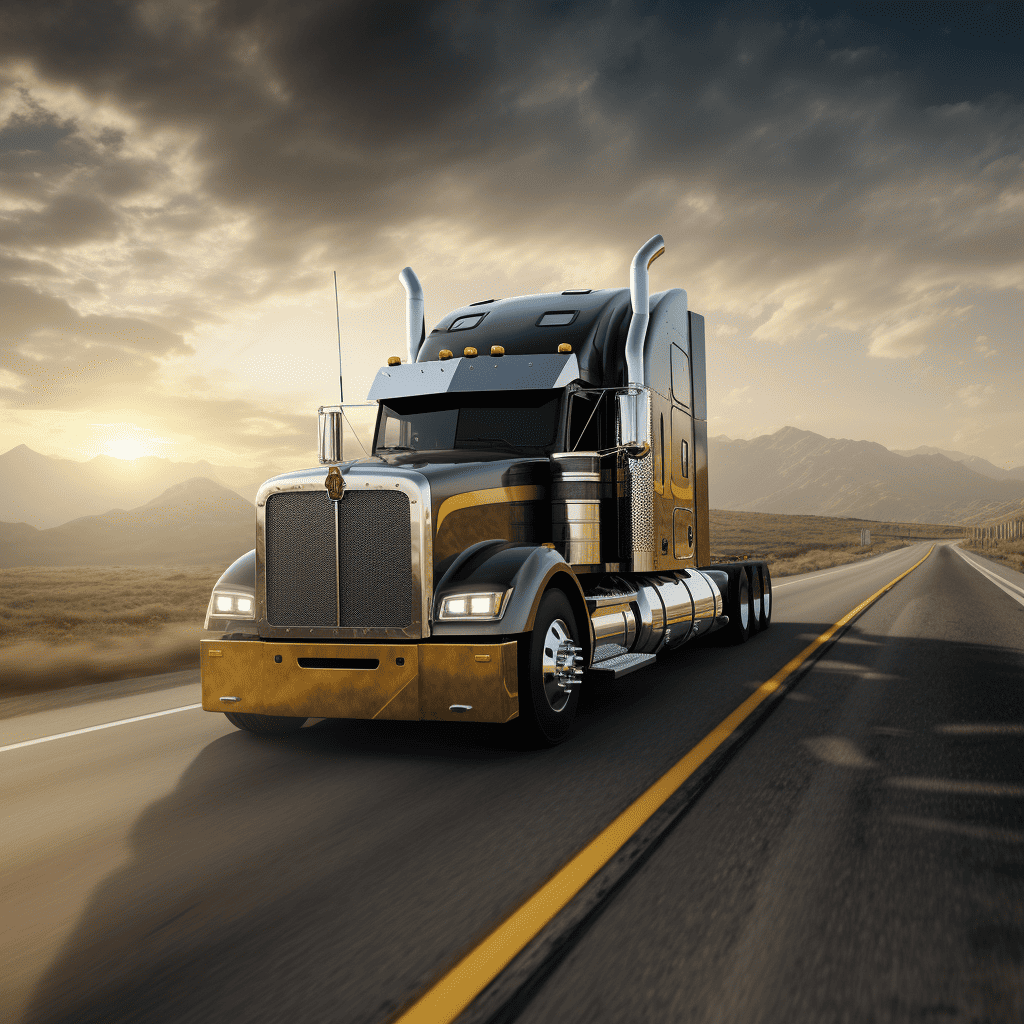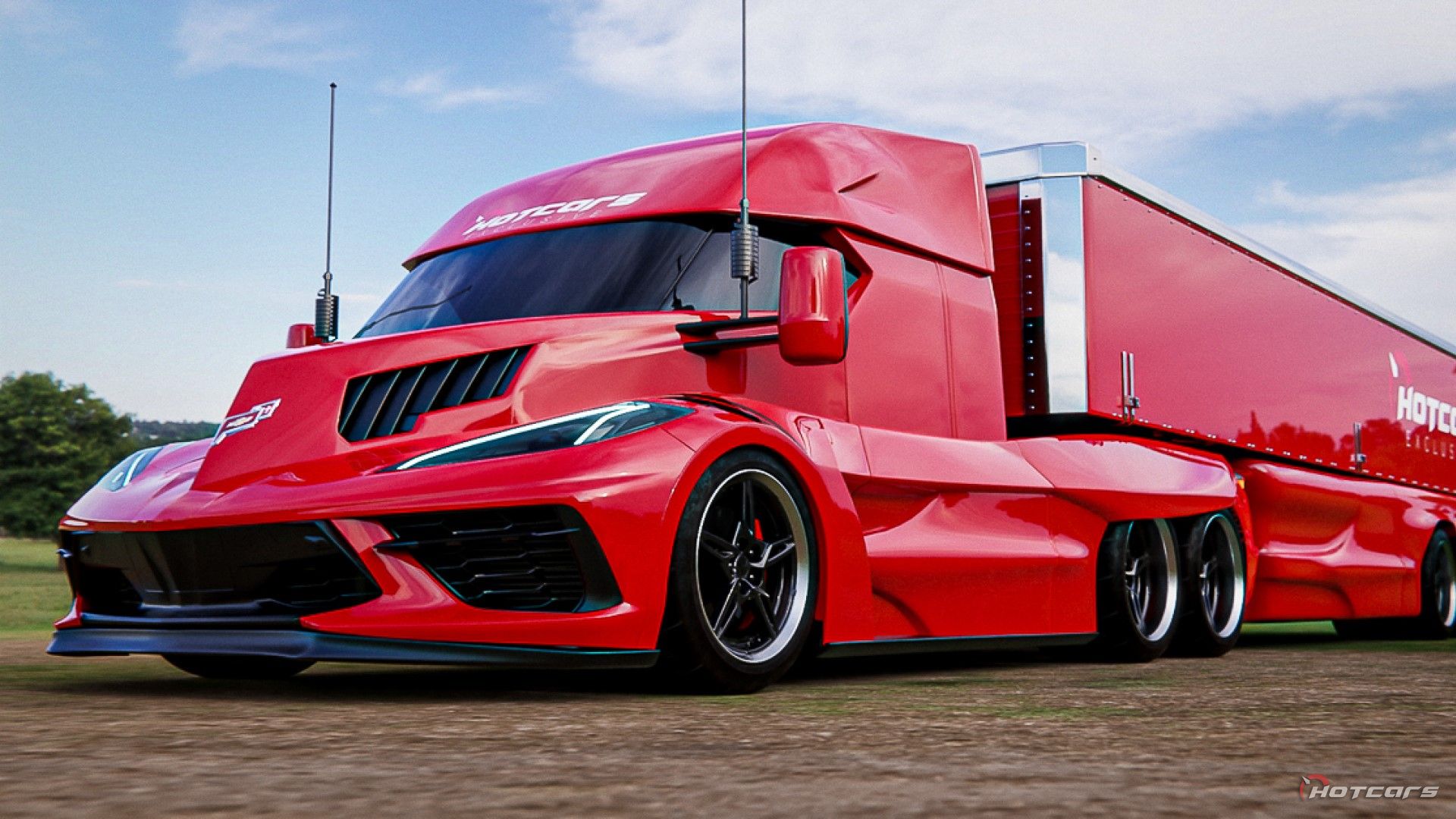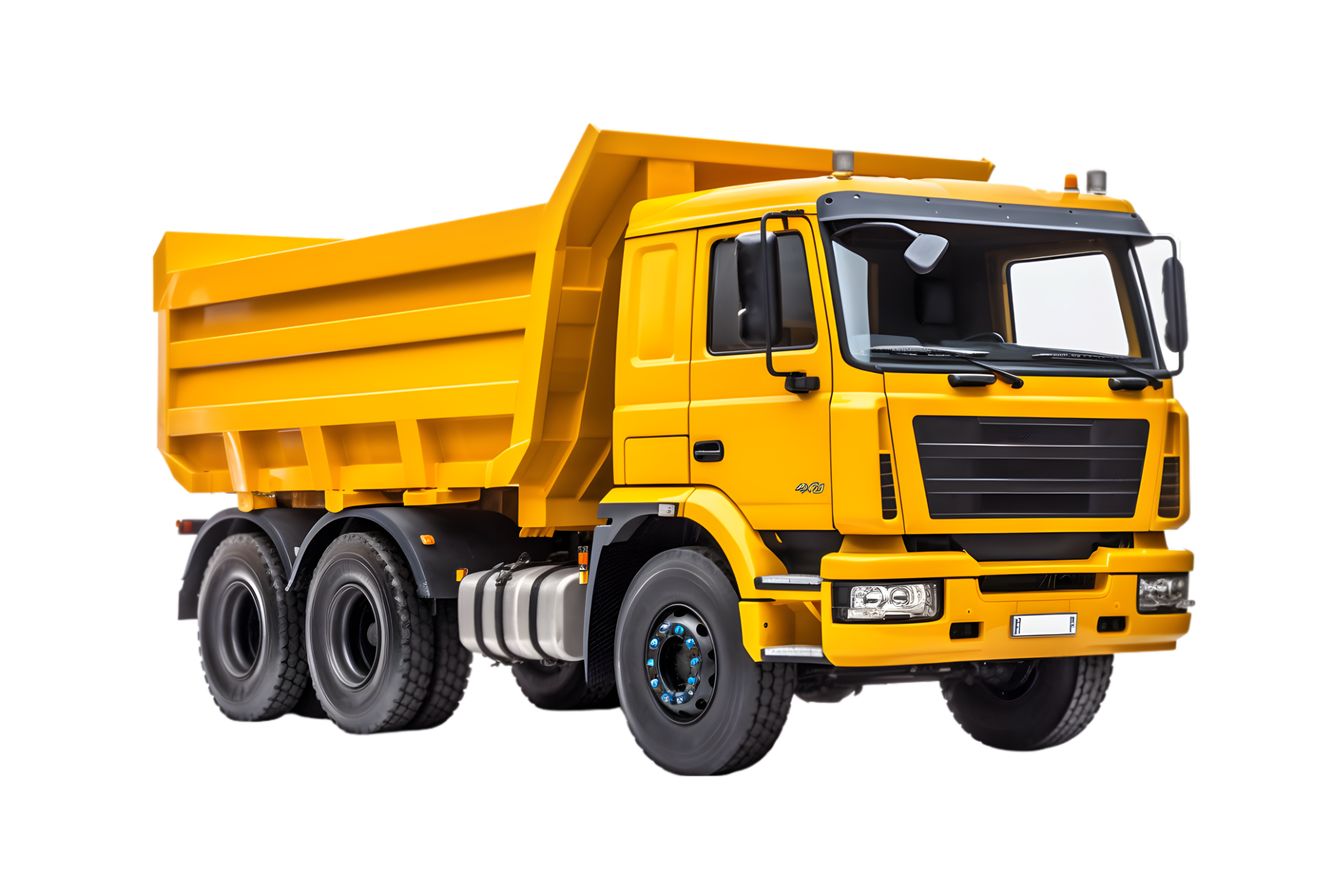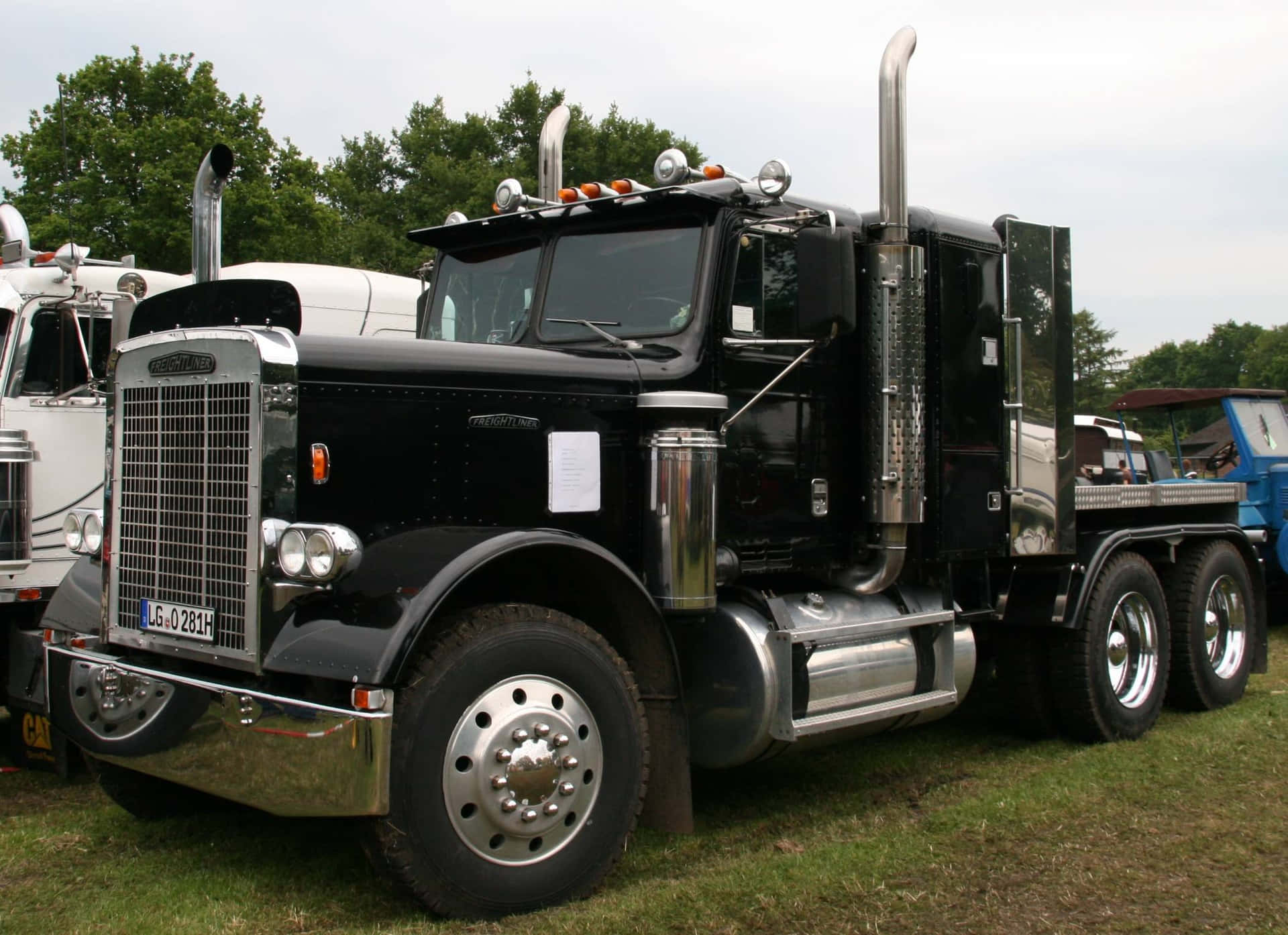Truck Body Parts Names With Pictures: A Comprehensive Guide typestruckssale.com
Trucks are the workhorses of our modern world, tirelessly transporting goods, materials, and people across vast distances. From the rugged pickup navigating a construction site to the majestic semi-trailer cruising the highway, each truck is a complex machine, and its body parts play a crucial role in its functionality, safety, and overall performance. Understanding the names and functions of these components is not just for mechanics; it’s essential for owners, operators, and anyone interested in the anatomy of these powerful vehicles.
This comprehensive guide will delve into the various truck body parts, breaking them down into logical sections to provide a clear and detailed understanding. While we can’t embed live images here, we will describe each part vividly, encouraging you to visualize or look up corresponding pictures as you read. Knowing these parts is key to proper maintenance, efficient operation, and safe driving, ensuring your truck remains a reliable asset for years to come.
Truck Body Parts Names With Pictures: A Comprehensive Guide
I. The Cab: The Command Center
The cab is more than just a cabin; it’s the nerve center where the driver operates the vehicle, and it’s designed for comfort, visibility, and safety.
- Cab Structure: This encompasses the main frame of the driver’s compartment, including the roof, floor, and supporting pillars (A, B, C pillars) that provide structural integrity and occupant protection.
- Doors: Essential for entry and exit, truck doors are robust. They include:
- Door Skins: The outer panels.
- Door Handles: For opening from inside and out.
- Door Hinges: Allow the door to swing open and closed.
- Window Glass & Regulators: For visibility and ventilation.
- Side Mirrors: Crucial for rear and side visibility, often large and adjustable, sometimes heated.
- Windshield: The large front glass panel providing forward visibility. It’s critical for driver safety and often incorporates advanced features like defrosters or rain sensors.
- Grille: Located at the front of the truck, the grille allows airflow to the radiator for engine cooling while protecting it from debris. It’s also a significant styling element.
- Bumper (Front & Rear): Designed to absorb impact in minor collisions, protecting the truck’s frame and other components. Front bumpers often house fog lights or tow hooks.
- Hood (or Bonnet): The hinged cover over the engine compartment, allowing access for maintenance and repairs.
- Fenders (or Mudguards): Arched panels above the wheels that protect the truck’s body and other vehicles from dirt, water, and debris thrown up by the tires.
- Headlights & Taillights: Essential for visibility, both for the driver and for other road users. Headlights illuminate the road ahead, while taillights, brake lights, and turn signals indicate the truck’s presence and intentions.

II. The Chassis: The Backbone of Strength
While the chassis primarily consists of the frame and running gear, some of its components are integral to the truck’s overall body structure and visibility.
- Frame Rails: The main longitudinal beams that form the backbone of the truck, to which all other components are attached. These are often C-channel or box-section steel.
- Crossmembers: Horizontal beams connecting the frame rails, adding rigidity and support.
- Fuel Tank: While technically part of the fuel system, the external tank is a visible body component, often mounted along the side of the frame.
- Exhaust System Components: Visible parts like the muffler and tailpipe/stack are part of the external body, directing exhaust gases away from the vehicle.
- Steps/Running Boards: Mounted below the doors, these provide an easier way to enter and exit the tall cab of a truck.
- Mud Flaps: Located behind the wheels, especially on commercial trucks, to prevent rocks, mud, and water from being sprayed onto other vehicles.
III. The Cargo Area: Tailored for the Task
The rear section of a truck is highly specialized, designed to accommodate various types of cargo. Its body parts vary significantly depending on the truck’s primary function.
-
A. Pickup Trucks:
- Truck Bed: The primary cargo area, a flat or ribbed floor with side walls and a front wall.
- Tailgate: The hinged rear door of the bed, which can be lowered for loading/unloading or extended to carry longer items.
- Bed Liner: A protective covering (plastic, spray-in, or rubber mat) for the bed to prevent scratches and dents.
- Tonneau Cover: A cover (soft, hard, retractable, or folding) that fits over the truck bed to protect cargo from weather and theft.
- Bed Rails: Protective rails mounted along the top edges of the bed sides.
- Wheel Wells (Rear): Arched enclosures over the rear wheels, similar to front fenders.
-
B. Box Trucks / Cargo Vans:
- Cargo Box: The enclosed, often rectangular structure behind the cab, forming the main cargo area.
- Side Walls & Roof: The structural panels of the cargo box.
- Rear Door: Can be a roll-up door (common for easy access in tight spaces) or swing-out barn doors.
- Side Door: An optional additional door on the side of the cargo box for easier access.
- Skirts / Side Fairings: Aerodynamic panels mounted along the bottom edge of the cargo box, reducing drag and improving fuel efficiency.
-
C. Flatbed Trucks:
- Flat Deck: A completely flat, open platform behind the cab for carrying large, oversized, or irregularly shaped cargo.
- Headboard (or Headache Rack): A protective barrier at the front of the flatbed, behind the cab, to prevent cargo from shifting forward into the cab during sudden stops.
- Stake Pockets: Openings along the sides and rear of the flat deck, allowing stakes or side rails to be inserted for securing cargo.
- D-Rings / Tie-Down Points: Anchoring points on the deck for securing cargo with straps or chains.
-
D. Dump Trucks:
- Dump Body: A heavy-duty, open-top box designed to carry loose materials like sand, gravel, or dirt.
- Sides & Front Wall: The structural components of the dump body.
- Tailgate (Dump): A hinged rear gate that opens for dumping, often with a spreader chain to control the flow of material.
- Hoist Mechanism (External): The hydraulic cylinders and frame components that lift the dump body to unload its contents.
-
E. Specialized Trucks (Brief Mention):
- Tanker Trucks: Feature a cylindrical or elliptical tank body for liquids or gases.
- Concrete Mixer Trucks: Have a large, rotating drum body for mixing and transporting concrete.
- Tow Trucks: Equipped with specialized boom and winch systems or a flatbed (rollback) body for vehicle recovery.
IV. Exterior Accessories & Lighting
Beyond the core structural components, several other external parts enhance a truck’s functionality, safety, and appearance.
- Toolboxes (External Mounted): Storage compartments mounted on the truck frame, especially common on semi-trucks, for tools and equipment.
- Marker Lights & Clearance Lights: Small lights mounted along the sides and top of larger trucks and trailers to indicate their dimensions, especially at night.
- Auxiliary Lights: Fog lights, off-road lights, work lights, or spotlights for enhanced visibility in specific conditions.
- Fifth Wheel (for Semi-Trucks): The coupling device mounted on the tractor’s frame that connects to and supports the front of a semi-trailer.
- Air Deflectors / Fairings: Aerodynamic devices mounted on the cab roof or sides to reduce air resistance and improve fuel economy, especially on larger trucks.
- Chrome Accents / Decals: Aesthetic elements that personalize the truck’s appearance.
Practical Advice and Actionable Insights
Understanding truck body parts is crucial for a variety of reasons:
- Regular Inspection: Periodically check all body parts for damage, rust, loose fasteners, or cracks. Pay attention to hinges, latches, and mounting points.
- Maintenance: Keep body panels clean to prevent rust. Lubricate moving parts like door hinges, tailgate mechanisms, and hood latches to ensure smooth operation and prevent wear. Check that all lights are functional.
- Safety: Ensure bumpers are secure, mirrors are properly adjusted, and all lights (headlights, taillights, turn signals, marker lights) are working correctly for safe operation, especially at night or in adverse weather.
- Customization: If considering aftermarket body parts (e.g., custom bumpers, bed covers, side steps), ensure they are compatible with your truck model and comply with local regulations. Professional installation is often recommended for complex modifications.
- Damage Assessment: Knowing the names helps in accurately describing damage to insurance companies or repair shops, streamlining the repair process.
Estimated Price Ranges for Common Truck Body Parts
Please note: These are highly estimated price ranges for new, aftermarket or OEM equivalent parts. Actual prices vary significantly based on truck make, model, year, material, brand (OEM vs. aftermarket), supplier, and labor costs for installation. Always get specific quotes for your vehicle.
| Part Name | Estimated Price Range (USD) | Notes |
|---|---|---|
| Front Bumper | $200 – $1,500+ | Varies greatly by material (steel, chrome, plastic) and truck size. |
| Headlight Assembly | $100 – $700+ (per side) | Single unit, includes lens, housing, and sometimes bulbs. |
| Grille | $80 – $600+ | Basic plastic to custom chrome/billet. |
| Fender (Front) | $150 – $800+ (per side) | Steel, aluminum, or composite. Unpainted. |
| Side Mirror | $50 – $500+ (per side) | Manual, power, heated, signal lights, tow mirrors. |
| Door Skin (Outer) | $100 – $400+ (per side) | Panel only, unpainted. |
| Tailgate (Pickup) | $300 – $1,500+ | Basic steel to multi-function gates with steps, cameras. |
| Truck Bed Liner | $100 – $500 | Drop-in plastic or spray-in coating. |
| Tonneau Cover | $200 – $1,500+ | Soft roll-up to hard tri-fold/retractable. |
| Mud Flaps | $15 – $100+ (per pair) | Basic rubber to custom weighted flaps. |
| Running Boards/Steps | $150 – $1,000+ | Basic tubes to power-retractable steps. |
| Fifth Wheel (for Semi) | $1,000 – $5,000+ | Depends on type (sliding, stationary) and capacity. |
Frequently Asked Questions (FAQ)
Q1: Why is it important to know truck body parts?
A1: Knowing truck body parts helps with effective communication during repairs, performing routine maintenance, understanding safety features, and making informed decisions about upgrades or customizations. It also aids in quickly identifying damage or wear.
Q2: Are aftermarket body parts as good as OEM?
A2: It varies. OEM (Original Equipment Manufacturer) parts are identical to those installed at the factory. Aftermarket parts can range from high-quality equivalents to lower-cost alternatives. Reputable aftermarket brands often offer excellent quality, sometimes with improvements over OEM, but it’s crucial to research and choose wisely.
Q3: How often should I inspect my truck’s body parts?
A3: A quick visual inspection should be part of your pre-trip routine, especially for commercial vehicles. A more thorough inspection for rust, cracks, or loose components should be done during regular maintenance intervals (e.g., every oil change) or after any incident.
Q4: Can I replace body parts myself?
A4: Simple replacements like side mirrors, mud flaps, or certain light assemblies can often be done by a DIY enthusiast with basic tools. However, more complex parts like fenders, bumpers, or structural components may require specialized tools, painting, and expertise in alignment, making professional installation advisable.
Q5: What are common signs of body part wear or damage?
A5: Common signs include rust spots, paint bubbling, dents, scratches, cracks (especially in plastic or fiberglass components), loose fasteners, misaligned panels, and non-functioning lights. For moving parts like hinges and latches, look for stiffness, squeaking, or excessive play.
Conclusion
From the aerodynamic curve of the hood to the rugged strength of the dump body, every part of a truck’s exterior serves a specific purpose, contributing to its overall functionality, safety, and aesthetic appeal. Understanding these components, their names, and their roles empowers truck owners and operators to maintain their vehicles more effectively, ensure compliance with safety standards, and even personalize their rigs. Trucks are marvels of engineering, and a detailed knowledge of their body parts is the first step in appreciating the complexity and utility that makes them indispensable workhorses of the modern age.


